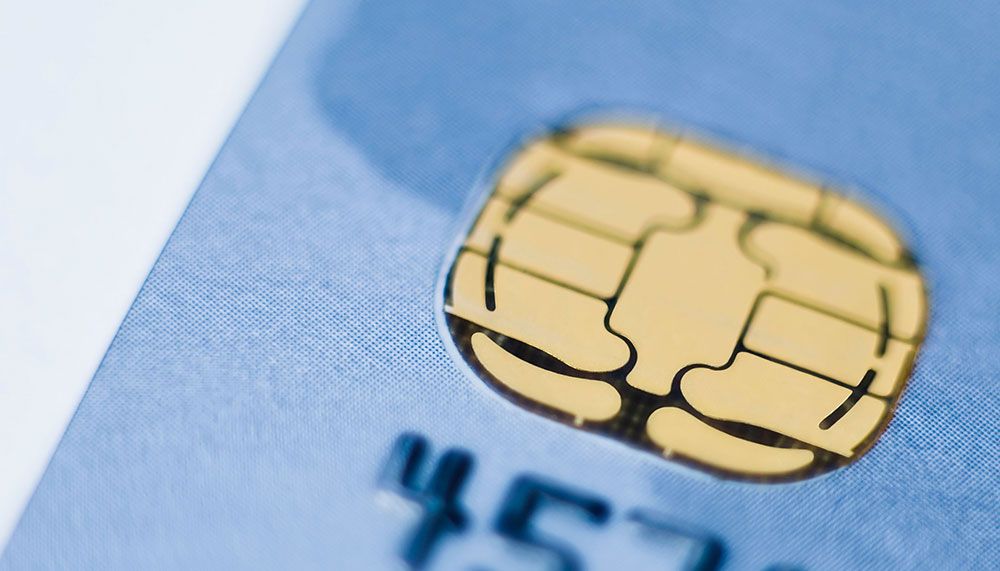 Since the EMV liability shift in October 2015, more merchants are accepting the chip-embedded cards than ever before. There are still many merchants who do not have the technology installed or operational (we’ve all been to stores where there is tape over the EMV card slot or a sticky note with “No EMV” on it), which makes them liable for any losses incurred in the event of a fraudulent transaction. With significant EMV card saturation expected by the end of 2017, the best time to make sure you are EMV ready is now. Below are some tips from Certified Payments Professional Aliki Liadis-Hall, on how getting EMV compliant benefits merchants of all sizes:
Since the EMV liability shift in October 2015, more merchants are accepting the chip-embedded cards than ever before. There are still many merchants who do not have the technology installed or operational (we’ve all been to stores where there is tape over the EMV card slot or a sticky note with “No EMV” on it), which makes them liable for any losses incurred in the event of a fraudulent transaction. With significant EMV card saturation expected by the end of 2017, the best time to make sure you are EMV ready is now. Below are some tips from Certified Payments Professional Aliki Liadis-Hall, on how getting EMV compliant benefits merchants of all sizes:
Just do it. Liadis-Hall says getting an EMV terminal is probably the best thing you can do to protect yourself against fraudulent transactions. As more EMV cards are introduced to the population, the number of merchants that don’t have EMV terminals will shrink significantly. Since card thieves won’t be able to use their counterfeit cards at EMV terminals, they will begin to target the stores that don’t have the technology. If you don’t have EMV terminals, a couple of things you can do to ensure the payment card is legitimate are to check the last four numbers printed on the receipt with the last four numbers on the card (they should match; if a card is counterfeit, they may not), and check the signatures. These methods are not foolproof, but until you can get EMV compliant, they can help reduce fraud.
Educate yourself and your employees. Liadis-Hall says she cannot stress this enough. While a business owner might have done his homework, read articles and generally made himself quite familiar with EMV, his employees might not have, especially if they’re young, temporary or otherwise don’t have a direct stake in the financial security of the company. They will need to know what to do if they are presented with a counterfeit card – do you want your 17-year-old cashier to possibly confront a criminal? Educating employees of all ages and statuses now on what they should do in such a situation is not only better for business but it will also empower them to make better decisions.
Take advantage of fraud mitigation services. Find a credit card processor that offers card mitigation technology, which is a tokenization that doesn’t allow the full card number into the system, so if a thief does happen to breach a merchant’s environment, there is really nothing to steal. It’s much better to tell the cardholders that the thief made it in but they didn’t get anything than to tell them all of their data was compromised and they now have to get new account numbers and replacement cards.
Pay attention to known red flags. Liadis-Hall relayed a story about a U.S.-based mobility scooter merchant who received a call from someone in the Bahamas who wanted to have four of their top-of-the-line scooters sent as soon as humanly possible to the Bahamas. “Right there you have several red flags,” she pointed out. “They’re out of the country, they want top-notch technology high ticket items, and they want it yesterday. Those are the biggest red flags out there.” The merchant was excited because it was a huge sale, but Liadis-Hall advised caution due to the red flags. The likelihood of a chargeback being filed was high, and the merchant could have been out the four scooters and the money.
When in doubt, call. If a merchant is ever not sure about a transaction, they can call their processor and get help from the “other side.” Liadis-Hall points out that often times, a processor can call an issuer on behalf of a merchant, who can then look at the details surround the transaction and find out if it’s legitimate or not. “While nothing is ever 100 percent, we can at least button up some of those other details and use our risk experience to help keep merchants from getting burned,” Liadis-Hall says. “Because it doesn’t help us if thieves take advantage of our merchants.”
Despite new and better technologies and systems, credit card fraud is always going to happen because thieves, crooks and fraudsters will always find ways to get into even some of the most secure databases. Making sure you’re up to date on your equipment and software, installing EMV terminals, educating your employees and being aware of red flags can go a long way in protecting you and your business against card fraud and the liability that goes along with it.



